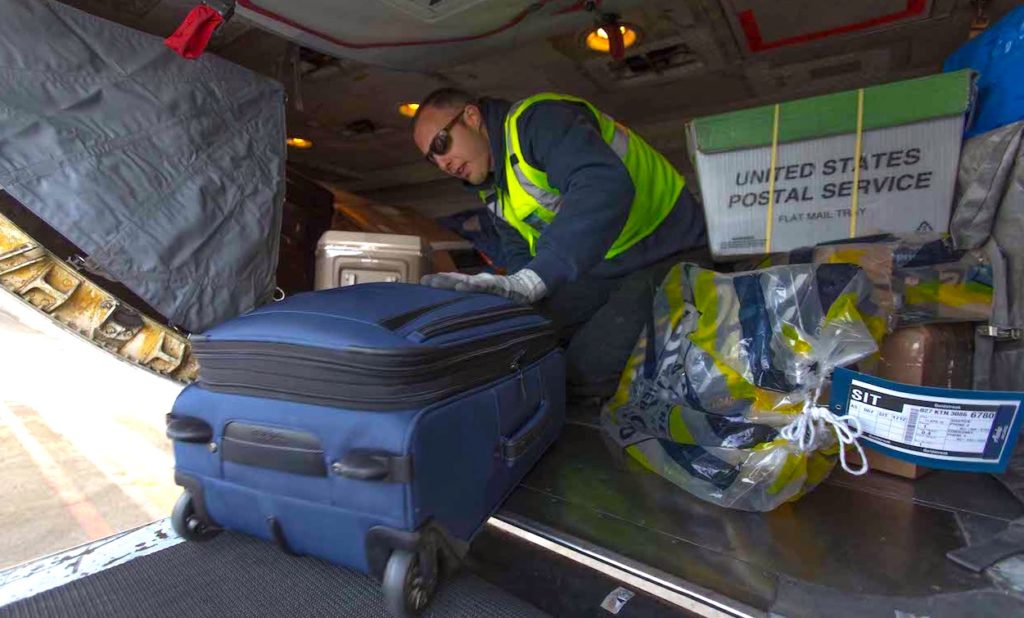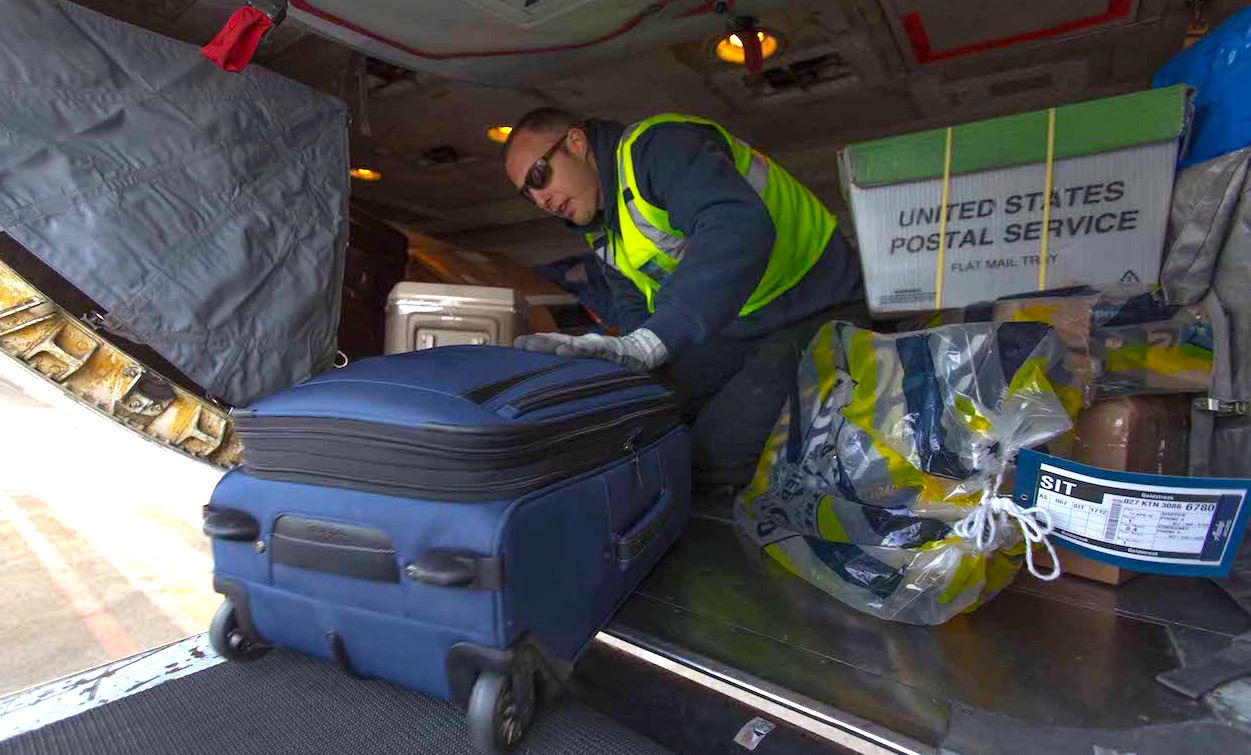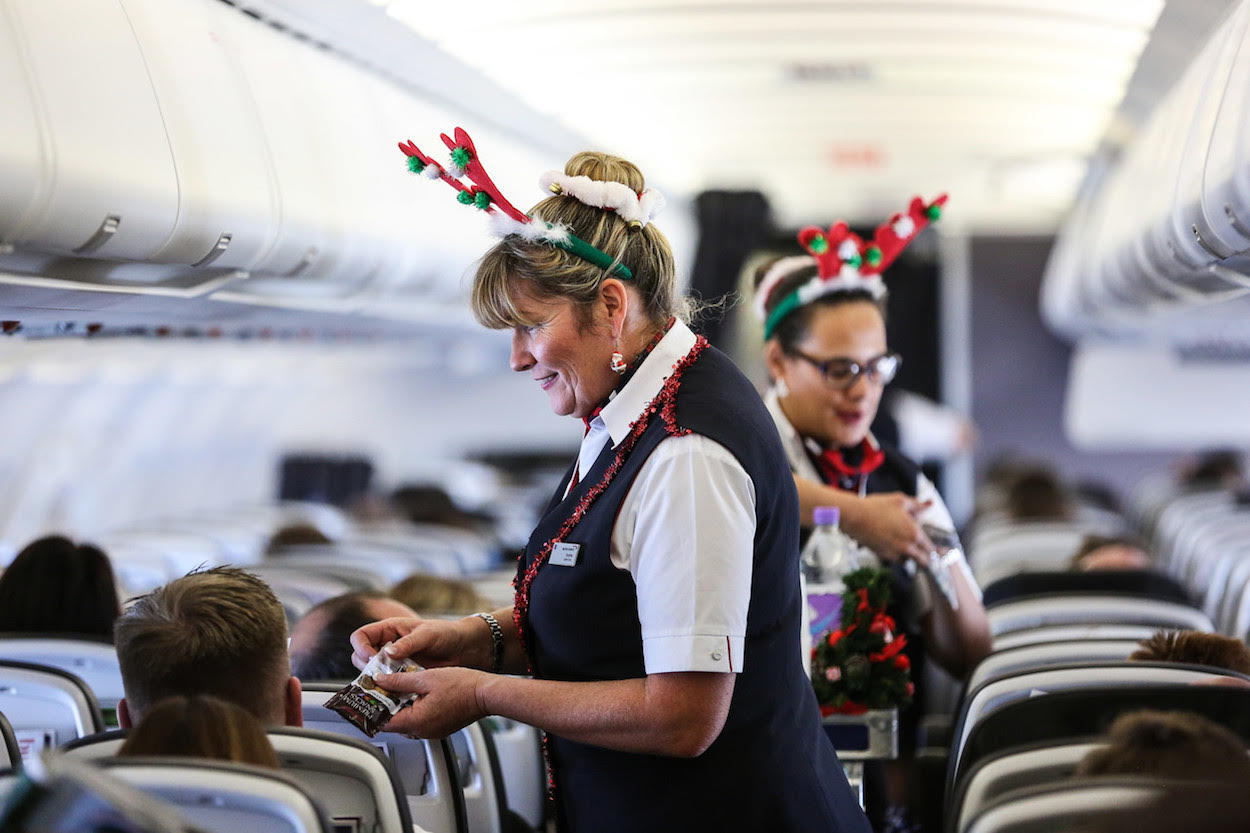Resurgence of Air Travel
Poses Increased Risk for Ramp Agents
Staff shortages accelerate safety concerns both inside and outside the aircraft.
While the number of passengers traveling by air in the US is nearly at pre-pandemic levels, the issues caused by a lack of staffing are approaching a near-crisis point. For example, a number of airlines have reported a specific shortage of ground service workers. The employee shortfall is forcing longer wait times, flight delays and other schedule impacts affecting workers, airlines and passengers. The worsening problem has forced the recent cancelation of thousands of flights at major airlines widely covered in the media.
In addition, the International Association of Machinists and Aerospace Workers reports that staff shortages have left airline workers overworked and exhausted. Compounding the cost of delays and cancellations, this also accelerates safety concerns, both inside and outside the aircraft. It especially affects ramp workers who load and unload thousands of pounds of baggage and cargo daily, increasing the risk of injury and, in many cases, time away from work.
TISABAS was designed to address these types of safety and operational concerns for ramp agents. By mechanically moving baggage, the need to throw heavy luggage, mail and cargo the length of the belly is eliminated. This substantially reduces time and operational costs of loading and unloading and, most importantly, provides a safer work environment for ramp crews. buddies, and before long, those few minutes were enough for the ravens to greedily rip holes in the boxes and steal bites of the tasty treats inside.
This meant unanticipated scheduling on the duty roster. We had to post someone on the line to keep the ravens away.
Although I wish I could say that the “Scare Raven” idea came to me immediately as a solution, that is not how it happened. There was a mechanic who, for some reason, could never be found when he was needed. On a whim, I cut out a person-shaped profile from cardboard and dressed it in his coveralls. We had great fun with it — the cutout would show up everywhere reminiscent of, “Where’s Waldo?” One day, when it leaned against a pallet of fish, we made a discovery: it kept the ravens away.
As with any innovation, it needed further refining. Scare Raven was quickly modified to 2×4 construction and mounted to a pallet. The coveralls were stuffed, and a popular costume mask was added as its head. It continued to work amazingly well for several years until an airline captain mistook it for a marshaling agent. Thankfully, damage to the aircraft was narrowly averted.
Scare Raven went into retirement based on management mandate. Fortunately, it had been long enough, so the ravens had given up and moved on to easier scavenging. As ravens are clever, we assumed it was only a matter of time before they returned to try again, and I had several ideas in mind when that happened.
Just this year, they did return. And now, there is a new contemporary Scare Raven to do the job. In thinking about the story, it reflects what we do at Ramper Innovations every day: idea, modifications, and continuing improvements to solve problems, adapt to changing needs, and provide superior outcomes.
Thanks to the inspiration provided by ravens.




